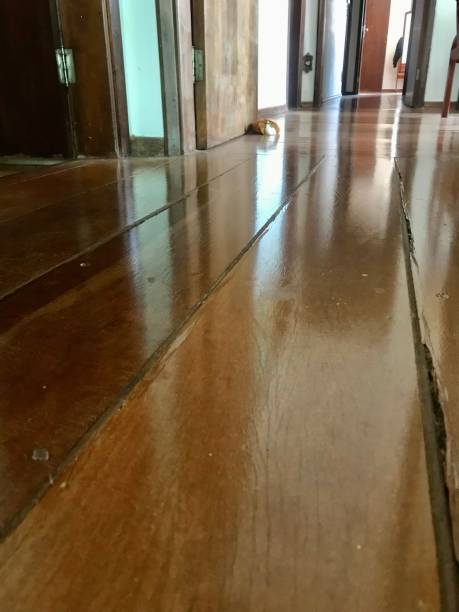How Patch Epoxy Floor Damage

Epoxy coatings look beautiful. Smooth and sleek. These have many good features, such as water resistance, and can also withstand temperatures above 100 degrees and heavy loads. They are not foolproof. After a while, epoxy flooring will begin to peel and chip. It is costly to replace the entire floor so you can patch up the damaged areas.
101 Epoxy Floor Repair
Here are the steps. You can’t usually patch an epoxy floor unless you replace a lot of it. Our 101 guide gives you the complete rundown.
Floor Preparation
Before installing a new floor, you can choose from a variety of options. The preparation of the surface is crucial for the success of the repair. Preparing the floor takes longer than epoxying a patch.
Remove any material on the floor.
The flaking, peeling, or chipping of certain epoxy floor sections often indicates the failure of an epoxy coat. The contaminated area must be stripped of all coatings.
You can do this with a paint scraper. Paint the scraper at a 45-degree angle to the coating. Apply pressure. The contaminated material will come off easily. If not, keep pushing the paint scraper in and out until the material is loosened.
Sanding
Epoxy coatings stick better to rough surfaces than smooth ones. You can use a palm sander or 60-grit paper to sand the surface you’re about to repair.
Turn on the palm sander, and then place the moving component directly over the flooring. The sander should be moved in half-meter-wide arcs for at least ten seconds. The palm sander works best for edges that are close to walls.
When repairing large areas, experts recommend using a floor buff with 100-grit paper. A floor buffer can replace palm sanders. Floor buffers work automatically. As you walk, slowly push the buffer. Begin at the outermost edge and work your way inwards. Do a U-turn and start moving in the opposite directions.
To prevent damage to the epoxy floor in the future, sanding creates a rough profile that will allow for proper adhesion of the epoxy patch.
Cleaning the Repair Surface
It is time to clean up after a thorough sanding.
Vacuuming
Sweep up all debris left over from the sanding. Then, vacuum up all the dirt and dust with a shop vac. Shop vacs are designed for construction and will not be damaged as easily as a regular vacuum.
Cleaning up the floor will ensure the success of your new patch. Dust, dirt, and debris that get stuck between the concrete and the patch can reduce adhesion. The latest patch will chip, crack, or peel away.
Use Denatured Alcohol
Wear hand gloves. Pour 0,24 L of denatured vodka into a clean container. Then, take a clean rag. Dip it into the denatured liquor. Don’t worry; you can buy them at home supply stores in your area. The rag must be well-saturated with alcohol but not drippy. It would be best if you wiped the entire section you vacuumed.
Alcohol denatured is alcohol that has been contaminated with colors or a bad smell in order to prevent humans from drinking it. A methylated spirit is an example. It will dissolve all impurities and dust as well as any remnants of the previous coat. It dries quickly.
Actual patching
Prepare patch material
Applying a pre-formulated patch of Epoxy is the easiest way to repair a damaged surface. Make your own if you can’t find one. Pour the two-part hardener and the two-part epoxy resin into a bucket. They can be water-based or solvent-based, depending on the mother coat you use. Fix a stirring bit onto a drill. Switch on the drill and place the stirring bit into the bucket. Mix the Epoxy well, as a poorly mixed coating can peel off.
Learn how to distinguish between solvent-based and water-based Epoxy, both of which come in clear colors.
Application
Pour the mixture into a mixing pan. Use a 3/4-inch paint roller. Apply a thin layer of paint to the area being repaired by rolling the roller on the tray. Make sure that the roller doesn’t dry completely, as this will cause inconsistencies in the new coat.
It is best to let the patched areas dry for between 4 and 10 hours. This depends on the temperature. If it’s not dry, you can check by pressing your thumb. If no prints remain, it is dry.
The second or third coat will bring the patch up to the same level as the previous coat. Let the patch dry completely before applying the clear sealing coat.
The Benefits of Epoxy Flooring
You can easily patch up epoxy floors. It is also much cheaper than having to replace the entire floor. It’s great that epoxy floors have huge benefits and are a good investment for homeowners. Once you fix them, there’s no need to touch them again. Cry once, buy twice is the old saying.




Leave a Reply